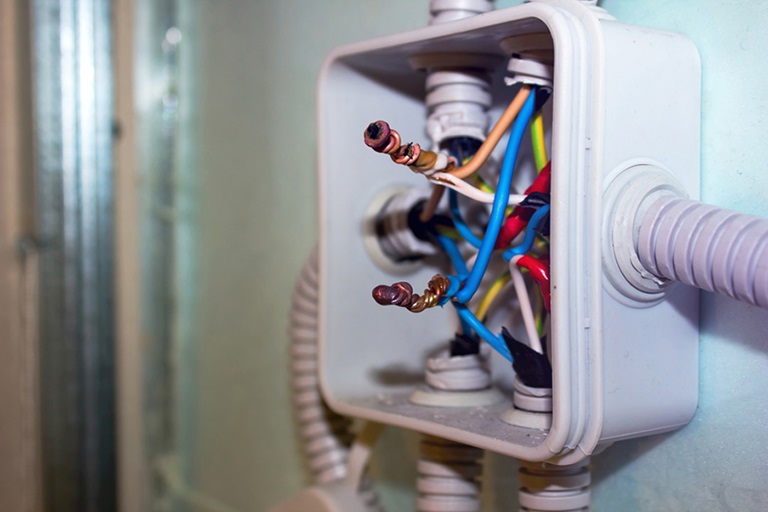Contents
When we think about the electrical system in our homes, we often focus on visible elements like lights, switches, and outlets. But there’s a critical, behind-the-scenes component that keeps everything safe and running smoothly—the junction box, or J-box. These small yet essential devices protect electrical connections from damage, short circuits, and potential hazards. Let’s explore what these boxes are, their importance, and why they play a vital role in any electrical installation.
What Is A Junction Box?

At its core, a junction box is an enclosure designed to protect and safeguard electrical connections. These boxes are typically made from either plastic or metal and act as a secure container for wire splicing and connections. Inside, the wires are neatly arranged and sealed off from external elements, ensuring the electrical current flows as intended while preventing accidents or damage.
Having a high-quality J-box adds a layer of safety to your electrical system, giving you peace of mind that your home’s electrical wiring is secure and shielded from hazards.
What Are They Used For?
The primary function of a junction box is to house and protect electrical wiring connections. These connections can involve multiple wires coming together to power different devices, rooms, or appliances. During electrical installations, wires are often cut, spliced, or joined together to distribute power. For these connections to be secure and long-lasting, they need to be enclosed in a protective housing that shields them from dust, moisture, or even rain. This is where the junction box comes in.
They are especially useful in areas where wires need to change direction or split into various circuits. Encasing these wires in a robust box not only protects the connections from damage but also makes it easier for electricians to expand the system or troubleshoot problems. By providing a safe space for electrical connections, a junction box keeps wiring away from any appliance or external hazards.
You might wonder, “How many cables can you put in a junction box?” This depends on the box size. A small box can typically accommodate two cables, while larger ones may hold up to four or six.
Types of Junction Boxes
Junction boxes come in a variety of materials, shapes, and sizes, designed for different environments and uses. The most common division is between plastic and metal boxes.
Plastic ones are non-conductive, meaning they don’t conduct electricity. This feature can be beneficial because you won’t have to worry about grounding the box. However, they might be less durable if you live in a harsh environment.
Metal boxes, on the other hand, are stronger and often used in commercial settings where durability is key. These require grounding to prevent electrical shocks if the wiring inside happens to touch the metal surface, so be careful with that, to avoid any potential risks or accidents. They also come in various shapes, rectangular and octagonal boxes are the most common. The rectangular ones are often used for switch and outlet installations, while octagonal ones are typically found being ceiling fixtures.
For outdoor use, there are also weatherproof junction boxes. This feature is very important so that installations that are exposed to the elements, such as outdoor lighting and electrical outlets can be protected. These boxes have seals that prevent water or moisture from entering, which can lead to short circuits or corrosion.
Advantages of Junction Boxes
There’s a reason why these junction boxes are required: they offer multiple benefits that ensure the safety and functionality of electrical items as well as your safety since they enclose cables. So, the first advantage is protection. Electrical connections are inherently risky if they are exposed and if you accidentally touch them it might lead to injuries. That’s why these boxes are needed. They prevent accidental contact, whether from people, objects or environmental factors. This reduces the risk of electric shock, short circuits and even fires. It also keeps the wiring intact and free from damage caused by external forces, like dust or moisture which can degrade the wires over time.
Organisation is another key benefit. Electrical wiring can quickly become a tangled mess if not properly managed. Electrical boxes provide a clean and organised way to connect multiple wires without creating confusion. They make it easier for electricians to follow wiring paths, troubleshoot problems and make any necessity repairs or additions. Without them, wiring connections would be harder to trace, leading to longer repair times.
They might not be the flashiest part of an electrical system, but electrical wires play an undeniably crucial role in keeping everything safe and running smoothly. From preventing electrical shocks and fires to keeping your wiring organised and accessible, they are a must-have for any safe electrical installation, to make sure that your electrical system is safe and sound.

